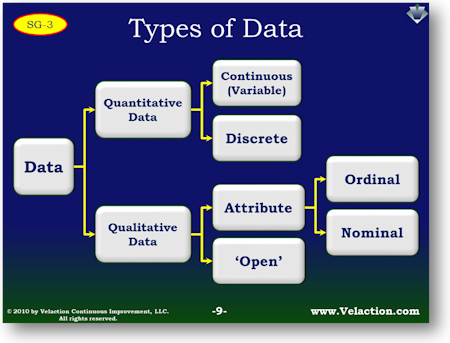PDCA: Predict-Do-Check-Act?
Let me start out by saying that, contrary to the title, I am not really advocating changing the name of the PDCA cycle to “Predict-Do-Check-Act”. What I am really pushing for is that part of the planning cycle includes a prediction of what will happen when you make a change. Read more…


